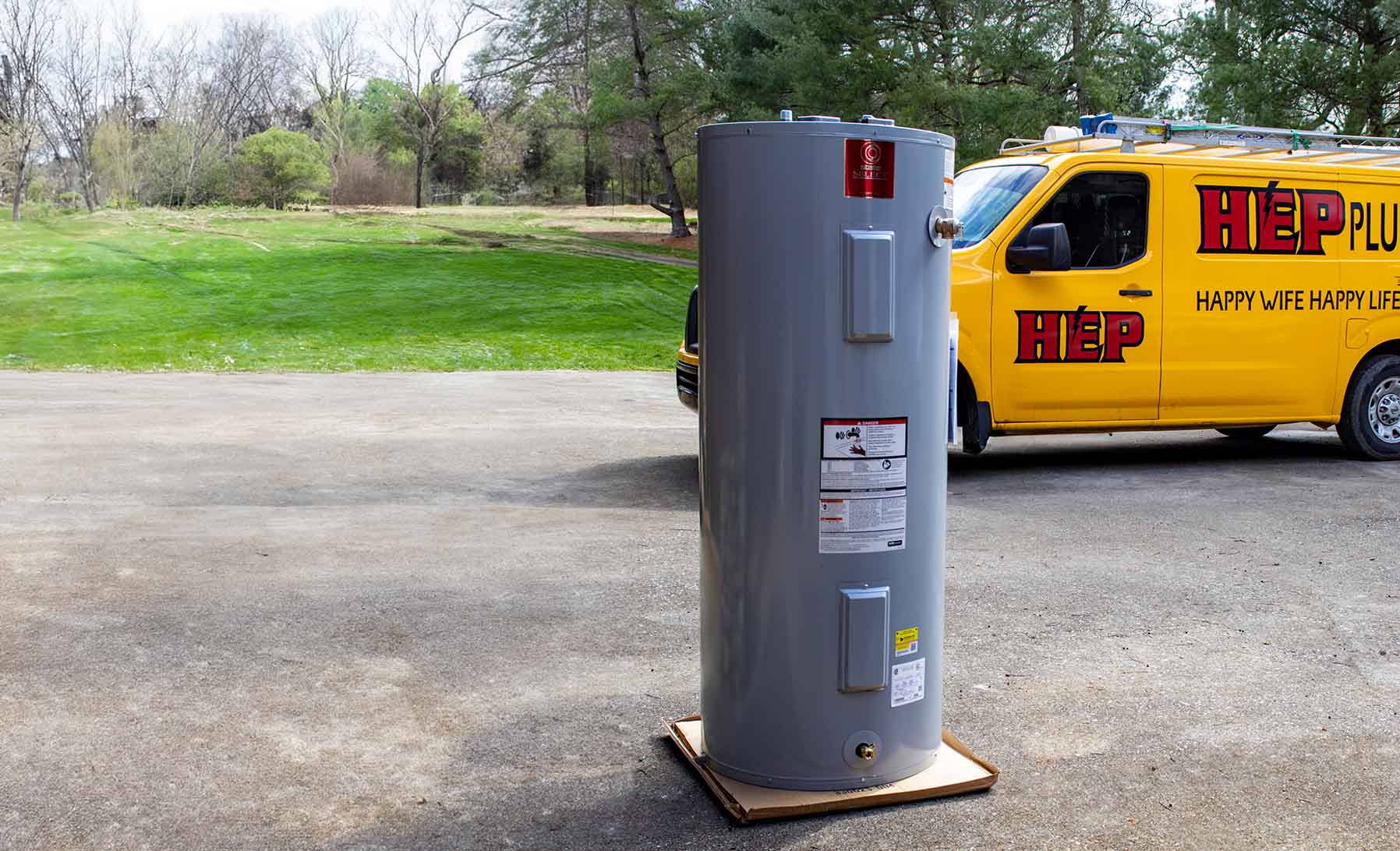

Water System
Your trusted partner for professional home services. Quality workmanship, guaranteed satisfaction.




- HEP
- Water System
Water System | Tank Water Heater | Plumbing | Ten Mile
When the morning chill rolls through Ten Mile, you count on a steady stream of hot water for showers, dishes, and laundry. HEP’s licensed plumbers know every street and well-pump in the community, and we bring that hometown familiarity to every service call—whether we’re diagnosing a leak, flushing sediment, or replacing a tired tank water heater that’s guzzling energy and giving up lukewarm water. We work with trusted brands, size each unit for your family’s demand, and install it to code so you enjoy efficient, worry-free performance year-round.
From first inspection to final cleanup, you’ll feel the HEP difference: clear pricing, courtesy that respects your schedule, and craftsmanship backed by strong warranties. Need emergency repairs at midnight? Planning an upgrade before the holidays? One call connects you to technicians who treat your home like their own, protect your plumbing system from Ten Mile’s hard-water minerals, and keep your comfort flowing for years to come.
FAQs
How does a traditional tank water heater work?
A tank water heater stores 30–80 gallons of water in an insulated steel cylinder. Cold water enters through a dip tube at the top, sinks to the bottom, and is heated either by a gas burner under the tank or by electric elements inside the tank walls. A thermostat monitors water temperature and cycles the burner or elements on and off to maintain the setpoint—usually 120 °F for most Ten Mile households. As hot water is drawn from the outlet at the top, fresh cold water refills the bottom, ensuring a ready supply. Because the tank is pressurized, hot water reaches fixtures instantly once the tap is opened.
What size tank water heater do I need for my home in Ten Mile?
Sizing depends on your peak‐hour demand—the greatest amount of hot water your family uses in a 60-minute window. For most Ten Mile households, the rule of thumb is: • 1–2 people: 30–40 gal • 2–4 people: 40–50 gal • 4–5 people: 50–60 gal • 5+ people or homes with soaker tubs: 75–80 gal We also consider flow rates of appliances (showerheads, dishwashers, washing machines) and the number of bathrooms. Our licensed plumbers perform an on-site assessment, check local groundwater temperatures (about 55 °F in Ten Mile), and verify that the chosen unit meets Tennessee energy code and venting requirements.
How long should a tank water heater last, and when is replacement more cost-effective than repair?
Standard glass-lined tanks last 8–12 years in Ten Mile’s water conditions. Signs it’s time to replace include: rust‐colored water, rumbling noises from sediment build-up, leaks around the base, or repeated pilot/element failures. If your unit is over 10 years old and repairs exceed 50 % of the cost of a new, more efficient model, replacement is usually the smarter choice. New heaters carry 6–12-year warranties and can cut energy bills by up to 20 % compared with units from the early 2000s.
What routine maintenance does my tank water heater require?
1. Flush the tank annually to remove sediment. Ten Mile’s moderately hard water (120–150 ppm) accelerates scale build-up, so flushing prevents noise, loss of capacity, and element burnout. 2. Test the temperature-pressure relief (TPR) valve yearly by lifting its lever and ensuring water flows freely. 3. Inspect the anode rod every 2–3 years. Replacing a depleted anode extends tank life by preventing internal corrosion. 4. Check the burner flame (gas) or element connections (electric) for proper operation. 5. Keep the thermostat at 120 °F to balance comfort, safety, and efficiency. Our service plans include these tasks and document them for warranty compliance.
Are high-efficiency or ENERGY STAR certified tank water heaters worth the investment in Ten Mile?
Yes. High-efficiency gas tanks have better insulation, powered dampers, and more precise controls, yielding Energy Factors (EF) of 0.67–0.72 versus 0.58 for standard models. Electric heat-pump hybrid tanks reach EF values above 3.0, slashing operating costs by up to 60 %. Upfront costs are higher, but TVA and local utility rebates can offset $150–$600. For the average Ten Mile family using 60 gallons a day, an ENERGY STAR unit typically pays for itself in 3–5 years through lower utility bills and may qualify for federal tax credits (25C, up to $600).
Can your plumbers convert my electric tank to gas (or vice-versa) when I upgrade?
Absolutely. We handle full fuel-type conversions, including: • Load calculations and meter upsizing with Volunteer Energy Cooperative (if switching to electric heat-pump) or Fort Hill Natural Gas (if switching to gas). • Running new gas lines or dedicated 240-volt circuits to meet code. • Installing proper venting or condensate drains. • Securing local permits and scheduling final inspections. We evaluate existing combustion air, flue pathways, and electrical panel capacity to ensure a safe, code-compliant installation with minimal disruption to your household.